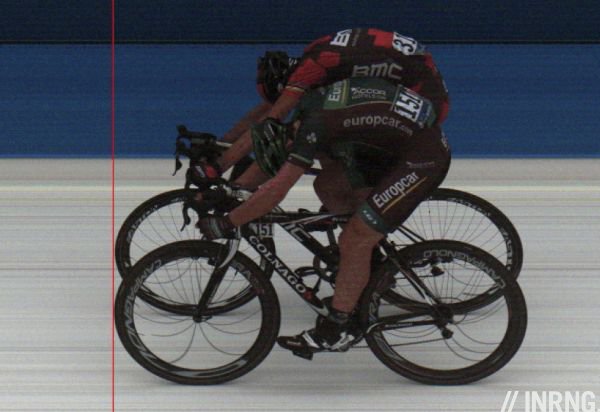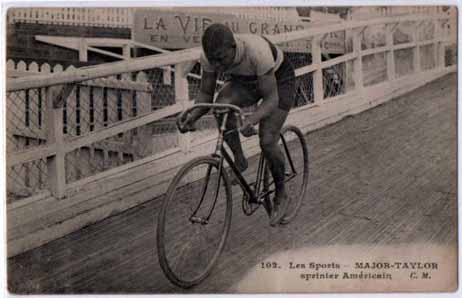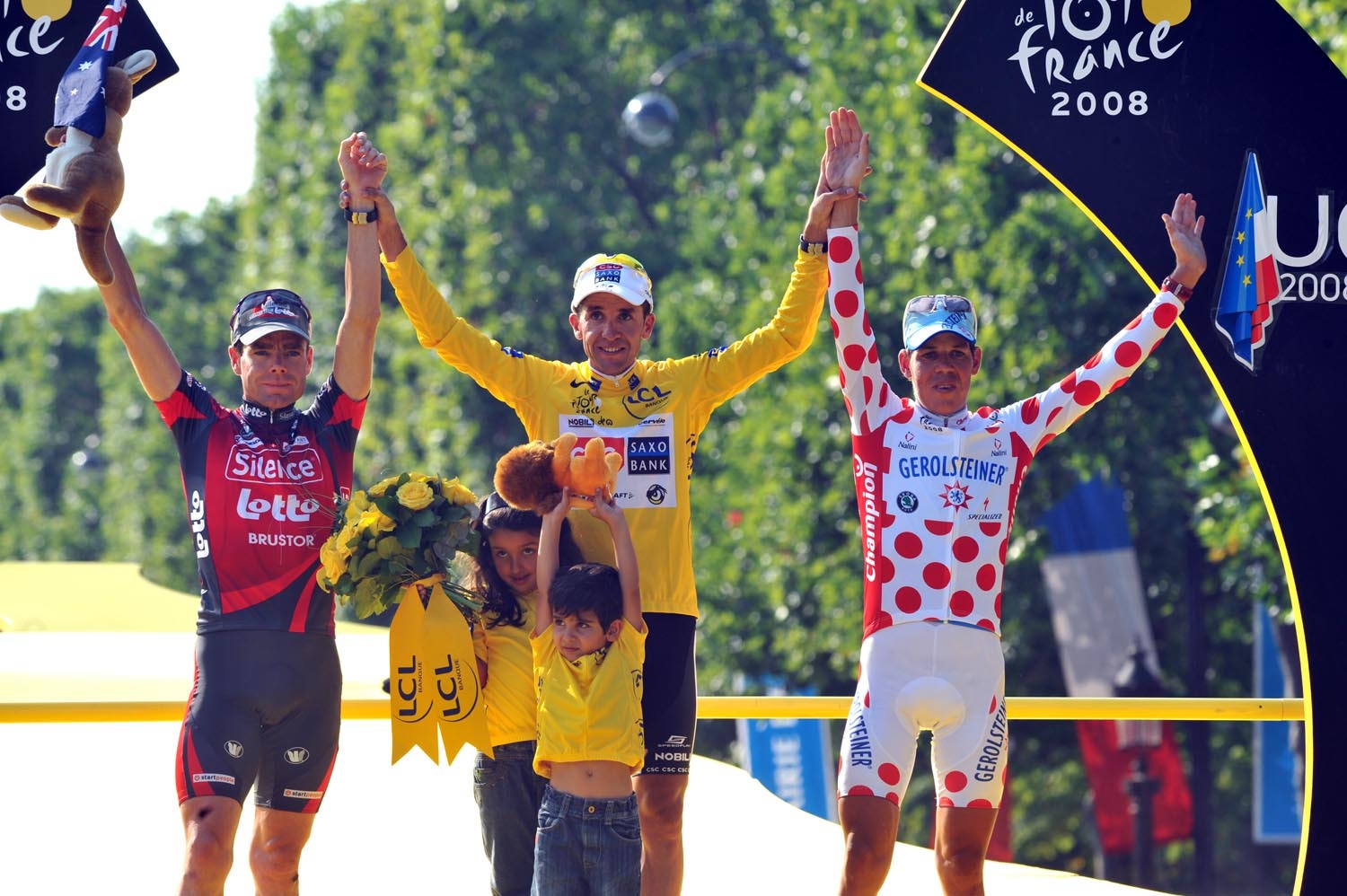
It’s not often Pippo Pozzato and I have something in common but you might have noticed the advert on the right meaning we’re both sponsored by Selle Italia. The Italian manufacturer is here for May and this is a note to say thanks in public for their support.
Although founded outside Milan in 1897, today the company is based in the Treviso area of Italy in a modern factor pictured above. I wrote about the concentration of cycling shoe makers in the region before (“Italy’s backwards shoemakers“) and Selle Italia is only a short walk from the Sidi and Gaerne factories as well as others. It makes sense when you think about it as early saddles and cycling shoes shared the same manufacturing tradition, namely leather goods that needed skill to shape and stitch the final product together.








